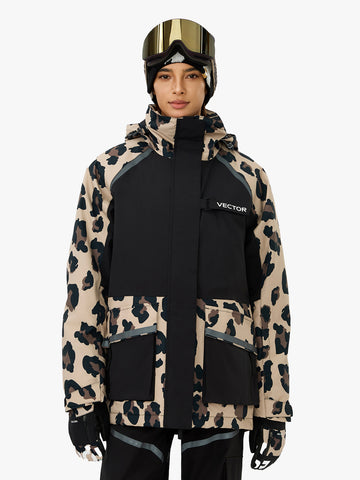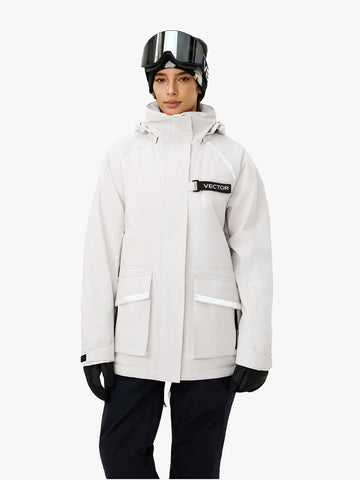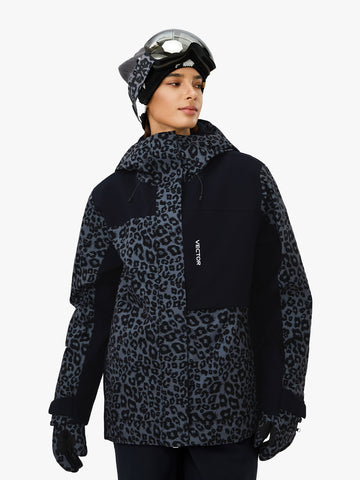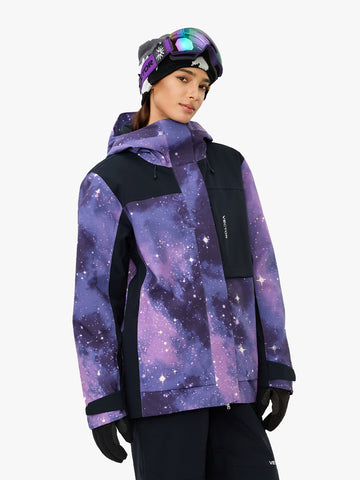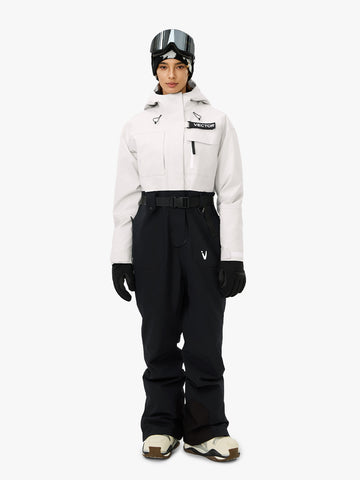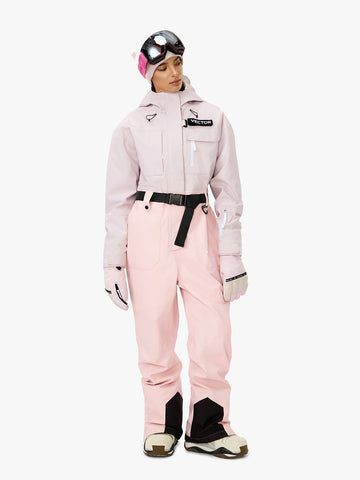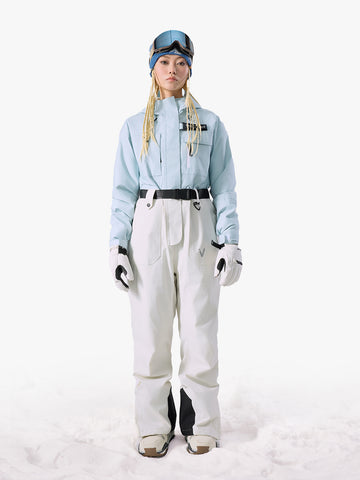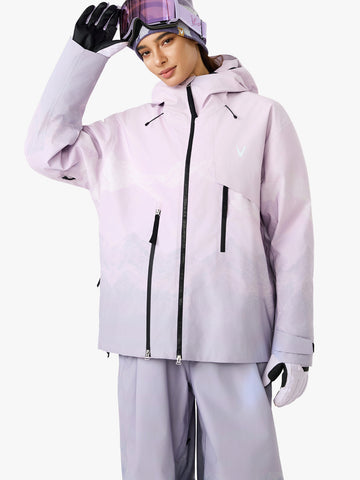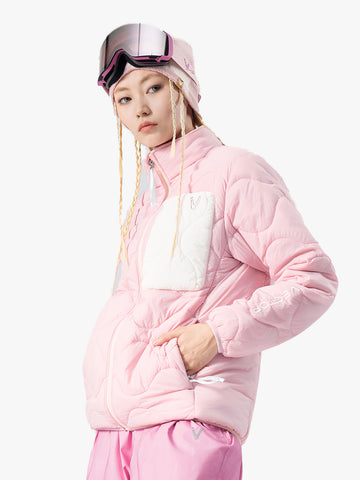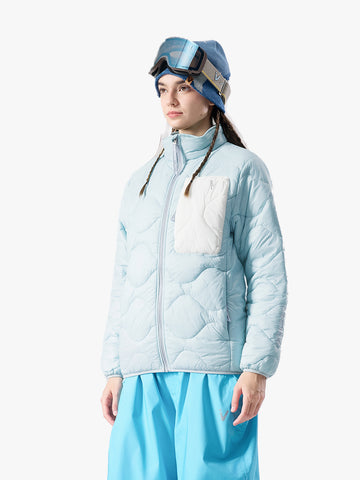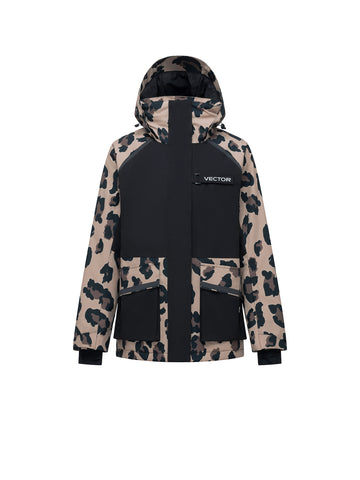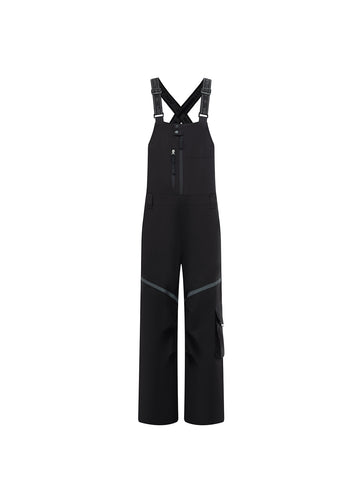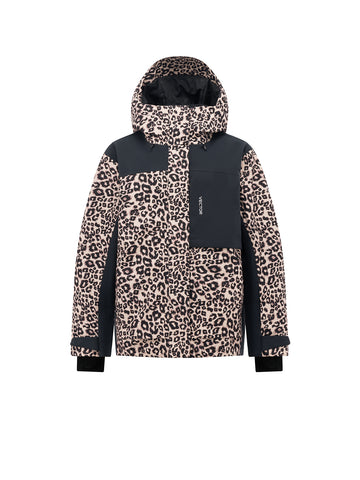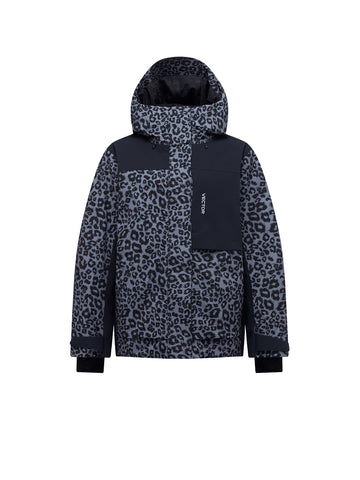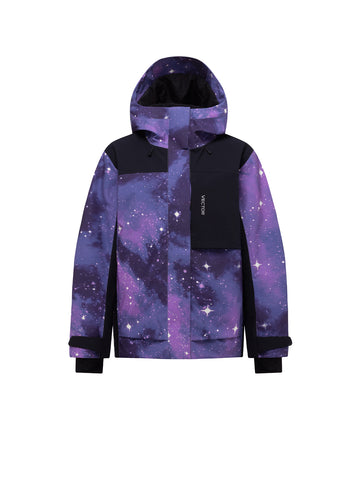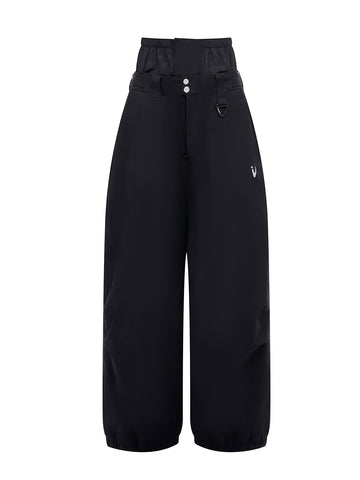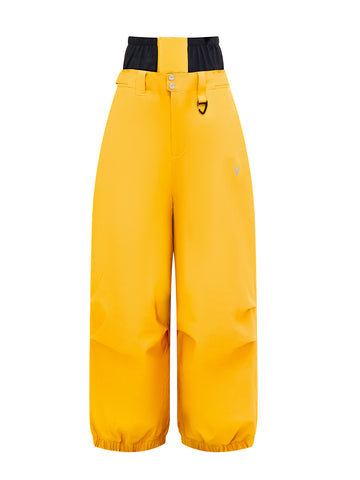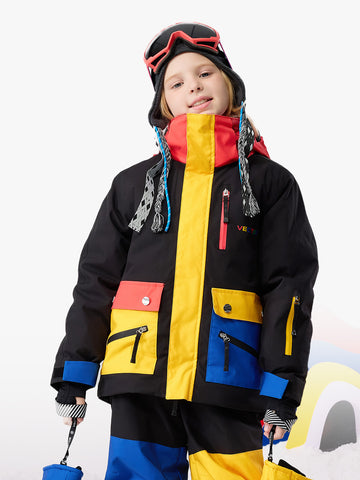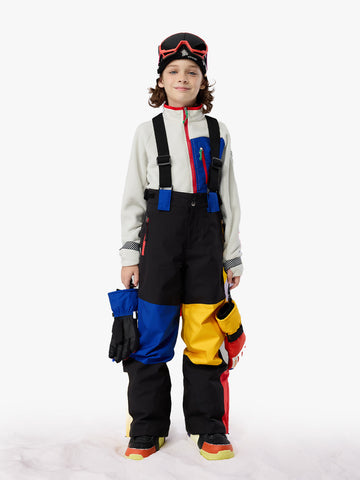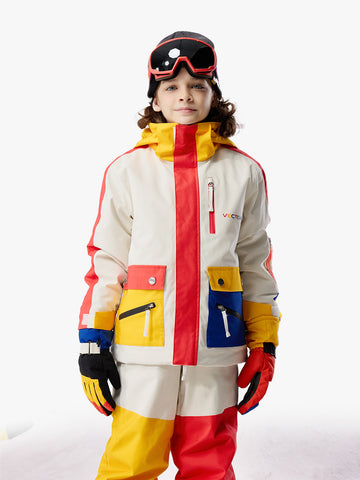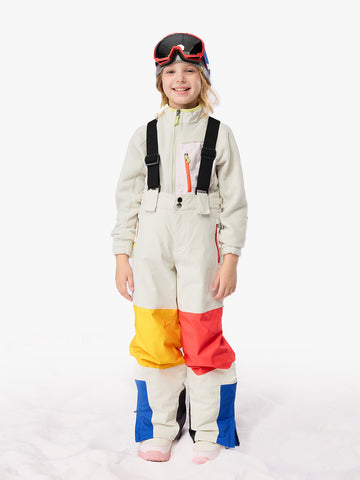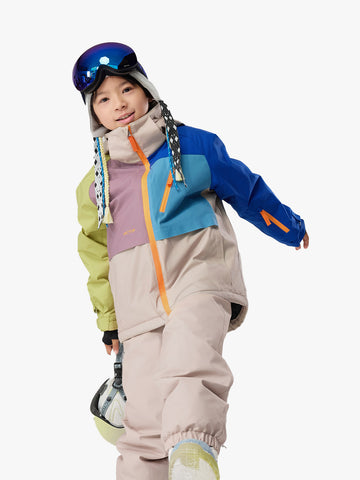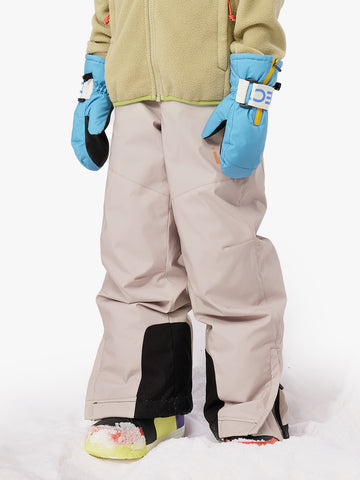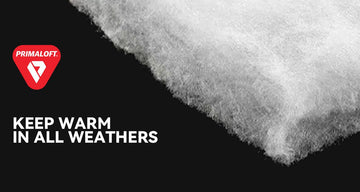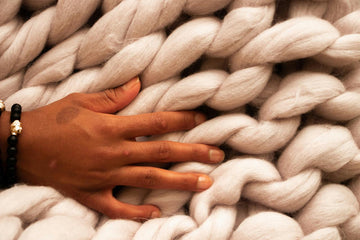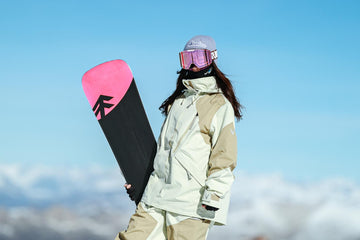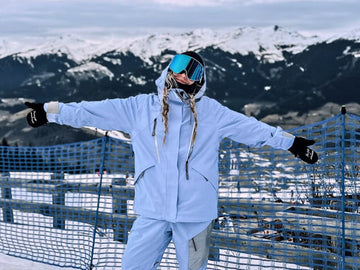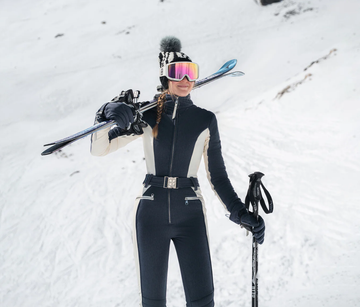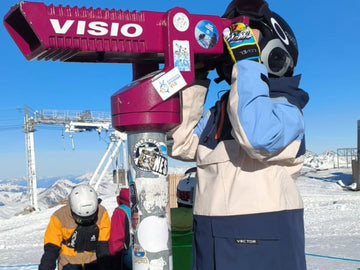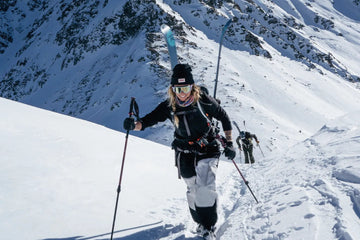When it comes to skiing and snowboarding, we all want to capture those amazing stylish photos on the slopes. But beyond just looking good in your snowboard mittens and other gear, and having the right snow wear is essential. So, what to wear snowboarding? The secret lies in layering. By layering your clothing properly, you can tackle the challenges of wind, freezing rain, sunshine, and slushy snow, allowing you to focus on the thrill of skiing and snowboarding without worrying about the cold or discomfort. So, let's dive into the basics of layering to stay warm and dry on the slopes. Here's how to choose the right layers to keep you comfortable.
We'll guide you through:
What is layering
The three essential layers
What to wear in different conditions
What is layering

Layering is a clothing strategy designed to help you manage your body temperature and moisture in varying weather conditions, making it especially useful for activities like skiing and snowboarding. This approach allows you to adapt your outfit to the ever-changing weather on the slopes, ensuring you stay comfortable and safe. Most people use a three-layer system when skiing and snowboarding: the outer layer, the mid-layer (also known as the insulation layer), and the base layer. Each of these layers plays a crucial role: the base layer sits closest to your skin and works to wick away sweat and keep you dry; the mid-layer provides warmth by trapping your body heat; and the outer layer shields you from wind, rain, and snow. This layering method gives you the flexibility to handle whatever the weather throws at you.
The three essential layers
Base layer
The base layer sits closest to your skin and is designed to wick away moisture, keeping you dry and comfortable during activity. Even in cold weather, it’s important for this layer to pull sweat away before it cools or dampens. Choose fabrics like synthetic materials or wool, and avoid cotton, which retains moisture and can make you feel cold. Focus on breathability and comfort rather than thickness when selecting a base layer.
Mid layer
The mid layer, also known as the insulation layer, is designed to keep you warm in cold conditions by trapping air and retaining heat. It’s typically worn over the base layer and under the outer shell. This layer is the most adjustable—if it’s cold, you can add it for extra warmth; if the weather is warmer, you can opt for a thinner mid layer or skip it altogether. Make sure your mid layer fits comfortably under your jacket without restricting your movement. Also, aim for a balance between warmth and breathability to stay comfortable without overheating during activity.
Outwear
Outerwear is the most important and often the most expensive layer, worn over your base and mid layers to protect you from harsh weather conditions. It needs to be both windproof and waterproof while also allowing your body to breathe. In wet or snowy environments, look for a jacket with a waterproof rating of 10K or higher and a breathability rating of at least 8K. This ensures that moisture stays out while sweat can escape, keeping you dry and comfortable. The right outerwear will help you stay protected and enjoy your time outdoors, no matter the weather.
What to wear at different temperatures
In Cold Weather
During the winter season, temperatures at Jackson Hole in Wyoming, USA, often drop below -15°C (5°F), it’s crucial to add extra warmth. Start with a snug base layer, followed by a wool sweater or a thermal layer, and then add a down jacket for additional insulation. Top it off with a waterproof and windproof outer layer. Don’t forget warm gloves and a balaclava. Avoid wearing too many pairs of socks, as they can restrict blood circulation and make your feet colder.
In Warmer Weather
On warmer days, it’s best to skip the mid-layer and stick to a base layer and outer jacket. If it’s really warm, you might be comfortable with just a base layer. However, remember that the wind at higher altitudes can make you feel colder. To stay protected, make sure to wear gloves or liners to shield your hands from snow and consider a face mask to protect against UV rays and wind.
Summary
When gearing up for skiing or snowboarding, it’s all about finding what materials you like and figuring out how many layers you'll need based on the weather. Experiment with different materials and layering combinations to discover what works best for you, ensuring a comfortable and enjoyable time on the slopes!
FAQ
Q: Do I need base layers for skiing?
A: Yes, base layers are essential for skiing as they wick moisture away from your skin and provide an extra layer of warmth. They help keep you dry and comfortable by managing sweat and insulating against the cold.
Q: How many layers do you wear skiing based on temperature?
A: Typically, you wear three layers: a base layer, a mid-layer, and an outer layer. The base layer keeps you dry and warm, the mid-layer adds insulation, and the outer layer protects against wind and moisture.
Q: Should you wear 3 or 4 layers skiing?
A: Whether you should wear 3 or 4 layers when skiing depends on the weather conditions, your personal tolerance for cold, and the intensity of your activity.
Reference
https://breckenridgeskishop.com/blog/how-to-layer-for-skiing/
https://www.evo.com/guides/what-to-wear-skiing-snowboarding
https://tickettoridegroup.com/blog/how-should-i-layer-for-snowboarding/
https://www.artilect.studio/us/guides/perfect-skiing-layering-system
